
Development
Git - Next Steps
Some time ago, I published the article "Git - Getting Started" to get you started with Git and Source Code Management. Now, let's have a look how to enhance your workflow with branching, rebasing, squashing and merging.
Guides will help you to understand things and getting things done, you haven't done before. This section will provide a collection of our guide articles.


Development
Some time ago, I published the article "Git - Getting Started" to get you started with Git and Source Code Management. Now, let's have a look how to enhance your workflow with branching, rebasing, squashing and merging.

Fedora
The Fedora project is maintaining different variants of Fedora Linux to fulfil different use cases. The Linux variant provides some features, specialized for servers and headless systems. Let's have a look at Fedora server and see what is different to CentOS Stream, Alma Linux or Fedora Workstation.

Ansible
Ansible can be used to configure and orchestrate a bunch of machines. As explained in a previous article, it is quite easy to write and maintain a simple inventory. Now let's add some variables to it, so we can maintain our infrastructure settings in a central place.
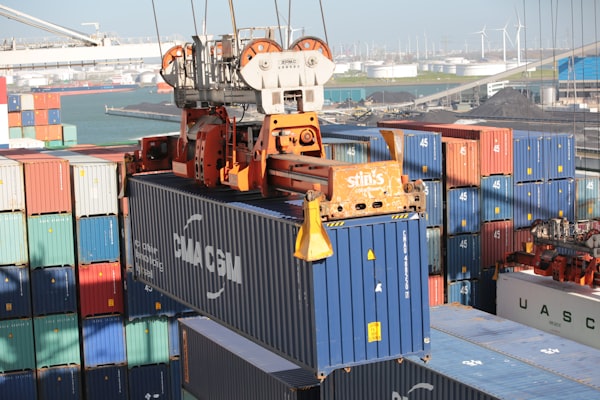
Podman
Containers made it very easy to package and run applications on different Linux based platforms. Building and running a container can be done in seconds and is easy to reproduce. But what about updating the running containers on a regular basis?
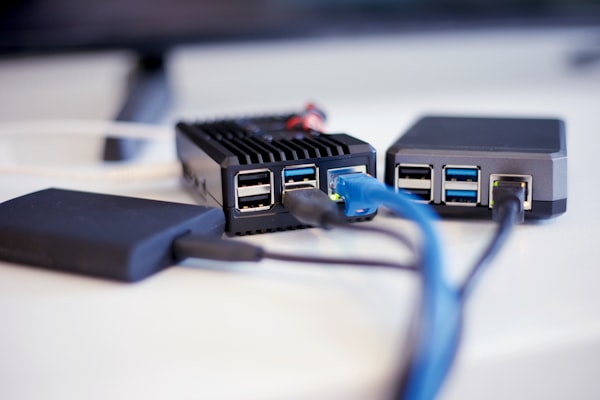
Ansible
Ansible is a quite simple and powerful automation tool. You can configure servers, switches, firewalls, cloud providers and much more. One essential thing needs to be considered, if you start using Ansible: "How to tell Ansible everything it needs to know about the infrastructure?"

Fedora
Fedora Linux is a modern Linux distribution, which can be used on your workstation, server and everything between. It is not very well known, but you can deploy Fedora Linux on your Raspberry Pi, too. Let's see what you get when opting for Fedora.

Podman
Podman is an awesome tool to build, manage and share container workloads. Sometimes you also need to store a password for your container or manage secret tokens. With Podman 3.1.0 a feature was released that helps to manage container secrets with Podman.
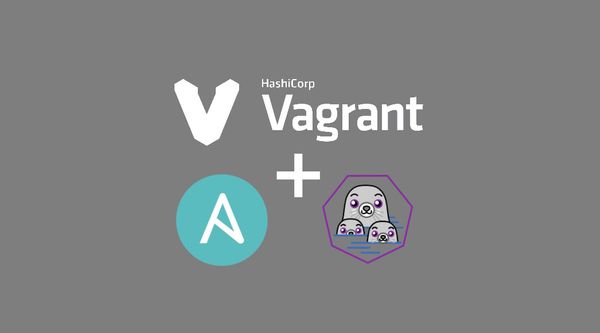
Vagrant
Vagrant provides an easy and powerful way to deploy local machines for development and testing. You can use Ansible or Podman and Docker to provision complete use cases on the machines, too.

Rocky Linux
CentOS shifted it's support and delivery. Nowadays, you can get CentOS Stream with continuous updates, but that's not everybody's cake. With Alma Linux OS, we already had a look at one of the new distributions, that try to fill this gap. In addition, you may have heard of Rocky Linux.

Ansible
Managing servers with Ansible is a common task. But you can also automate the setup of your own workstation. Setting a wallpaper, installing software, managing repositories and more can be done with Ansible.

Docker
Working with containers can be done in several ways. The most popular choice for container workflows and development is Docker.

Vagrant
Vagrant is a powerful tool, that can help to create and manage VMs on different operating systems. Very often you will need to add more software to these VMs or test your new web project. This can be achieved with provisioners. In this article, I will tackle file and shell provisioners.
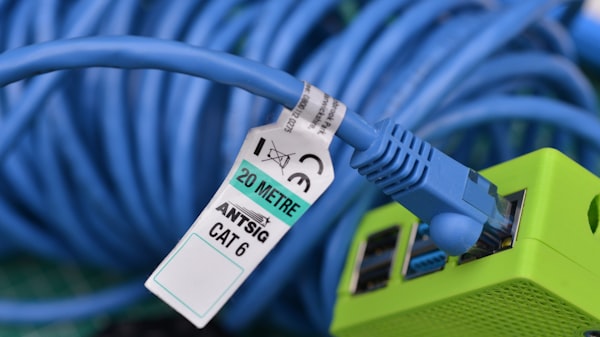
Podman
In the previous articles, we had a look at the basics of Podman networking. In this article, I want to focus on some special behavior and concepts. Let's check out networking in pods and rootless mode.

Ansible
Ansible is all about playbooks. In the "Ansible - Getting Started" article, we already had a very brief look at our first playbook. In this article, I will explain the structure of playbooks and provide some best practices in writing playbooks.

Podman
In the previous article I explained how container networking works in general and how it is reflected in Podman. Now, let's see how we can use this in some examples and how the different networking layers work hand in hand.
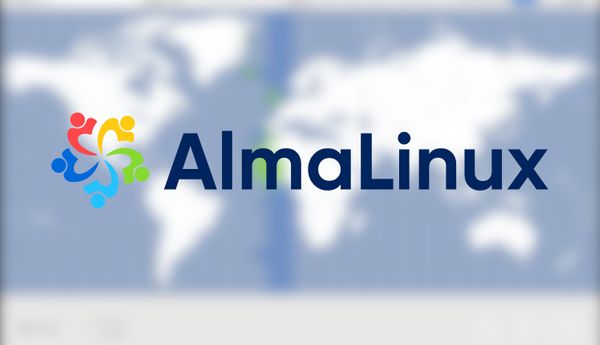
AlmaLinux
The first AlmaLinux OS release was published on 30.03.2021. Since CentOS shifted the focus to CentOS Stream, the community was waiting for a new open source downstream fork of Red Hat Enterprise Linux (RHEL). In this article, I will have a look at AlmaLinux OS and explain what you might expect.